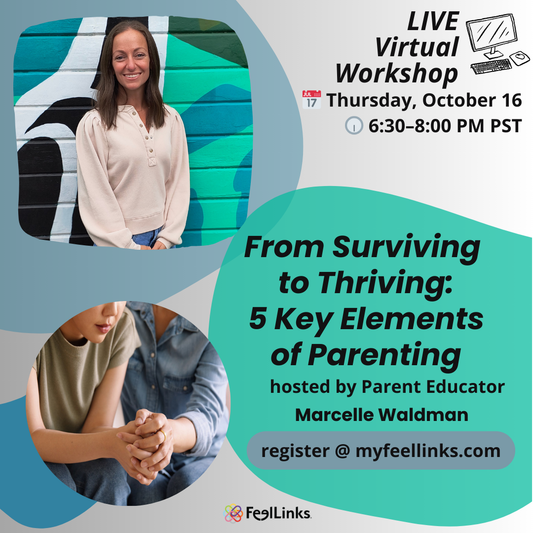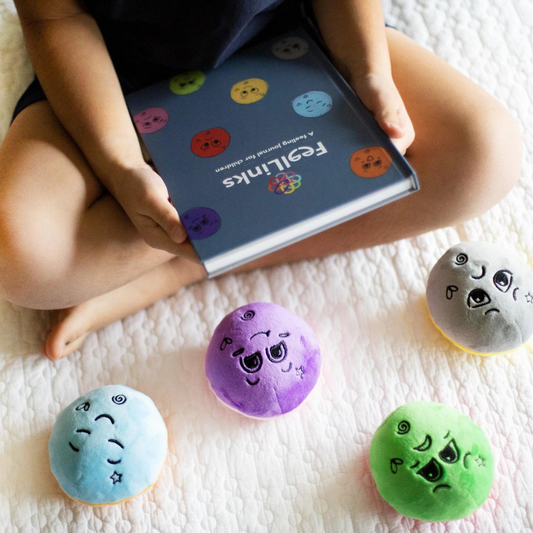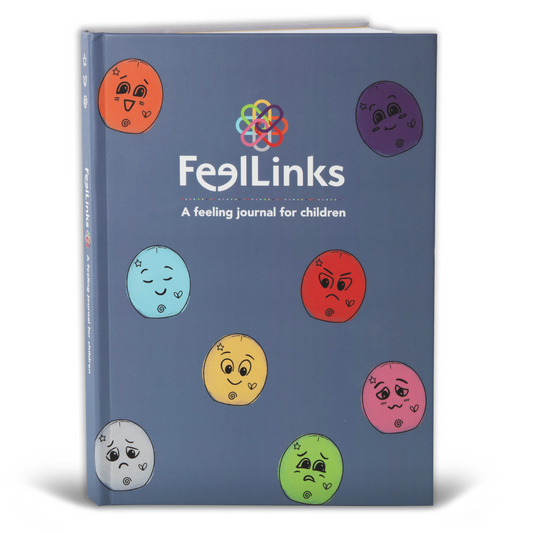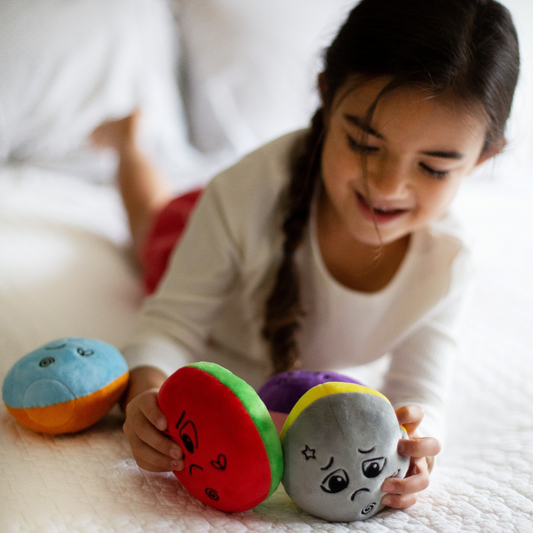Preparing Children For The Transition Back To School
Share

Let me begin by saying I live in Washington State. I know that circumstances surrounding school and the Covid-19 Pandemic are different by states, counties, and school districts. I am writing from an all-encompassing perspective on best ways to handle the transition back to school. For many of our children, it will look “different” in some ways and back to “normal” in other ways. I hope that this is helpful, no matter where you reside and what your specific school circumstances are.
Transitioning from summertime back into the school year is always an adjustment. This year, much like last school year, due to the Pandemic, we will have some bigger transitions, adjustments, and unknowns. Many of our children’s typical schooling has looked quite different – online learning, hybrid schedules, mask wearing, learning pods - whatever it is for your particular child, the upcoming school year will surely be another different transition. Many schools are planning to reintegrate to full time, in-person learning with some mitigations in place. It is important that we offer our children as many answers as possible for what is coming up for them. This will alleviate some of the unknown and prepare them with some confidence transitioning back to school.
Here are some things you can do to help prepare your child with this transition.
1. Communicate:
· Address your child’s feelings- It is important to talk with your child about their feelings in regards to returning to school. Call a family meeting, talk at bedtime or at the dinner table. Whatever time is best for your family, be sure to dedicate time to this important conversation.
Some questions you might ask:
o What are you feeling excited/worried about?
o What are you looking forward to/not looking forward to?
o Who are you looking forward to seeing?
· Check In Often- Be sure to check in often with your child about their feelings. Dedicate time to having this conversation throughout the school year.
2. Validate: Validate the feelings your child shares with you. It might not be what you THINK they are feeling or what you yourself are feeling, but be sure to validate what they are sharing with you.
3. Anticipate: You may be able to anticipate some of what your child is feeling, so try some interventions now.
For example, separation from you and your home might be something that your child has not experienced for some time. Separation anxiety is something you can begin practicing for now.
· Leave them with a trusted adult.
· Read books about separation (my personal all-time favorite is The Kissing Hand by Audrey Penn).
· Have a goodbye routine (Chester Raccoon and his mom have a great one in The Kissing Hand).
· Have your child begin drawing and/or writing about their feelings in a journal. I highly recommend FeelLinks Journal and Dolls Set
Anticipating and practicing now might very well help in making the transition smoother.
4. Be Flexible: We can only anticipate what “might be” for the school year ahead; things could change at any moment (how many times did we “pivot” last year). We must remain flexible and lead by example. Adapting to “new normals” is something we have done many times over the past 18 months. You and your children have shown great resiliency and we will continue to need that mindset beginning this new school year.
5. Be Present: We have all experienced a collective trauma with this Pandemic. No doubt we have experienced it differently, we do know that there has been a rise in rates of depression and anxiety in many of our children. The mental health and well-being of our children (and ourselves) is something we must continue to atrend to. Be present, calm, trusting, compassionate and warm toward your child. Please be sure to talk to your child’s doctor if you feel there is ANY reason to seek professional support.
6. Establish Routines: Predictability and routines are often very important for children (and many of us adults, too) to feel a sense of safety, security and efficiency; promoting a healthy emotional well-being. Knowing that the transition back to school is coming up, it is a great idea to bring some structure back into your home.
Establishing clear routines helps eliminate decisions and gives children a sense of independence and accomplishment. At our home we post clear visual lists of routines. If your child is not reading, provide a picture visual (with words next to the picture)
Here are a few things you can do to prepare:
· Sleep: Maintaining good sleep is important for children when getting back to early mornings and long days at school. Sleep is vital for brain development, mental and emotional well-being. Sleep often affects behavior, so ample sleep is important for all of us! Establish bedtime and wake times.
· Meals: Eating healthy meals is important for your child’s development. Your child should be up early enough to eat a healthy breakfast. Be sure to discuss what foods your child would like to bring for lunch, or if they will buy lunch - be absolutely sure to read those school lunch calendars – there is nothing worse than a kindergartner in tears because they do not like lasagna and that is the hot lunch choice (I know from experience) - you definitely want your child to eat lunch to get them through the whole school day. If your child is headed to school for the very first time, practice opening and closing lunch boxes and containers, practice eating lunch within a timeframe your school allots for lunch (typically a quick 15-20 minutes).
· Activities: If your child has activities after school, be sure that they are aware of what those are and when they will occur. We use a monthly family calendar and it is posted in our kitchen for everyone to see. While you might live by a calendar on your phone or computer, it is important for your child(ren) to see what is happening as well.
· Homework: If your child will have homework, establish a routine for when homework will be completed and where they will be expected to work on it. Be sure there is a clean and organized space with ample tools to do school work. Get is set up now!
7. Communicate with your child’s teacher: As a former teacher, I cannot stress enough how incredibly important it is for you to communicate with your child’s teacher. Working collaboratively will let your child see you are all on the same “team”. Let them know how your child is feeling - this is significant to their daily social, emotional and academic learning. Be positive and supportive, speak to them and speak about them in a positive tone. Let teachers gain their footing beginning a new school year. Remember, they may very well have similar questions and worries as you and your child do. Continue to give grace to the ones that care for and educate our children every day; this has been a heck of a time for our incredible school staff!
A HUGE THANK YOU TO ALL OF OUR SCHOOL STAFF!
ETERNALLY GRATEFUL FOR ALL YOU DO!
Best to you and your family for the 2021-22 school year.
Marcelle





